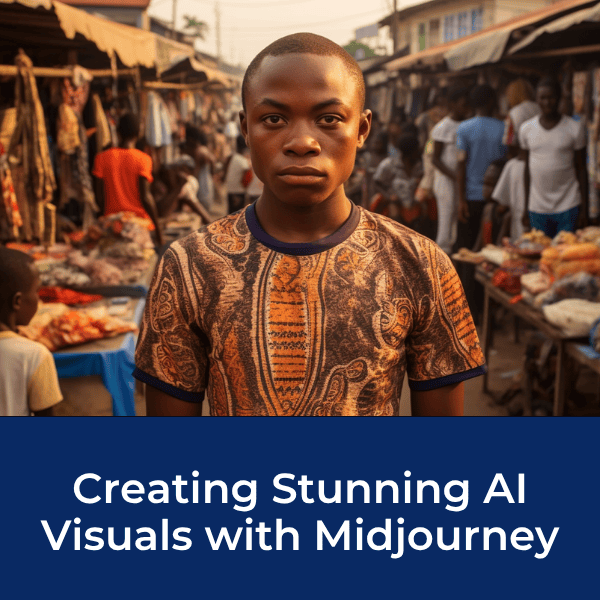The Shires of Vermont Byway Documentary
by Catherine Stewart
(Manchester Center, VT, USA)
A few short years ago, the Federal Highway Administration started the America’s Byways Program. They were attempting to get travelers off the highways and onto the back roads where American life really happens. The goal is to introduce travelers to local culture, see the vistas and meet the people.
The area where I live and work has four such byways touching into it. The Stone Valley Byway, The Shires of Vermont Byway, Scenic Route 100 Byway and The Molly Stark Byway. As a volunteer producer at my local cable access television station, GNAT TV, I wanted to do a series of stories about these four byways. The plan is to highlight the natural resources, history, non-profit businesses, and/or free things for visitors and residents to do.
The first documentary, Stone Valley Byway, was released November 2013. It tracks Route 30, from Manchester to Castleton, Vermont. Much of the story features the fertile valleys and geology of the area that the road meanders through.
The second film was released on February 27, 2014. This documentary is entitled The Shires of Vermont Byway. The byway follows Route 7 and Historic Route 7A as it winds its way from the southern border of Vermont northward to Manchester.
In both films I tried to bring out the characters of the local people by using them as the experts of their field. The host of the show, Greg Cutler, visits sites along the way and interviews an “expert” at each stop.
The Stone Valley Byway proved challenging because of its lack of things to do. The documentary got bogged down with lengthy interviews. But with The Shires of Vermont Byway, I created a new formula for shooting the show and asked each “expert” to make sure they got their message out within four minutes. Four minutes became the goal length time for each segment. Some segments went slightly over, depending on the material, but mostly I was able to limit them to four minutes or less.
Another challenge I faced was when one of my “experts” was let go from his job, making him ineligible to represent the company we were visiting. So we had to re-film the piece. What’s interesting about this is that each “expert” brings his or her own uniqueness to the production. Our second filming of this segment became a very different story.
I had production help from GNAT TV. This afforded me a second videographer, Hoss Wuerslin, who also helped direct the show. The host, Greg Cutler, volunteered his services for the project. He is a professional voice actor and did all the voice-overs. A third partner in the project was Land Rover Experience. They generously offered a vehicle for the transport of the crew and thus the car was featured in the storyline.
Hoss Wuerslin’s camera was a JVC GYHM100U. I used a Canon XF-105
. For several of the segments we used two GoPros: a GoPro Hero and a GoPro Hero3
. My editing software is Adobe Premier 5.5 and After Effects 5.5 on an iMac
station. I get my music from SmartSound. Our transport vehicle was a 2014 Range Rover.
I am not seeking funding for this documentary, but am researching funding for future films.
The Shires of Vermont Byway documentary may be found here:
What do you think about the Shires of Vermont Byway documentary? Please leave comments and feedback below!
Comments for The Shires of Vermont Byway Documentary
|
||
|
||
|
||
Ready To Make Your Dream Documentary?
Sign up for our exclusive 7-day crash course and learn step-by-step how to make a documentary from idea to completed movie!

















